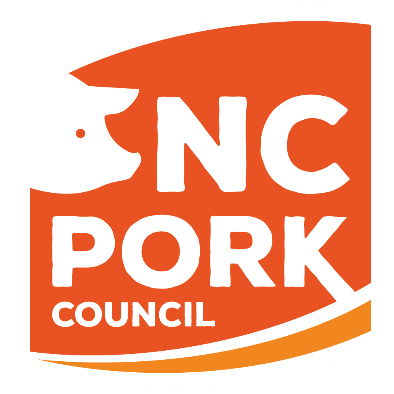
put pork on your fork
Cooking Times & Temperatures
Pork today is very lean and shouldn’t be overcooked. The National Pork Board follows the guidance of the U.S. Department of Agriculture, which recommends cooking roasts, tenderloins, and chops to an internal temperature of 145°, followed by a 3-minute rest time. Ground pork, like all ground meat, should be cooked to 160°.
Fact:
Thanks to improved farming practices, we no longer need to cook pork more than 145° degrees. Pork doesn’t have to be dry like your grandma cooked it (sorry grandma). It can be flavorful and juicy!

Pork—it’s more than just bacon. There’s a cut for every occasion.
Pork Nutrition
Pork is the world’s most popular protein. It’s nutritious and delicious! Compared to 30 years ago, pork has about 16% less fat and 27% less saturated fat.
Fact:
There are no added hormones or steroids used in the production of pork ever!
There are 8 cuts of pork that are considered lean, meaning they contain less than 10 grams of fat per 3-ounce serving— New York Pork Chop, Sirloin Pork Chop, Ribeye Pork Chop, Sirloin Roast, New York Roast, Ground Pork (96% lean), Porterhouse Pork Chop, & Pork Tenderloin.
Pork is filled with important nutrients.
Excellent source:
Protein
Vitamin B6 and B12
Thiamin
Riboflavin
Zinc
Niacin
Selenium
Good source:
Choline
Phosphorous


